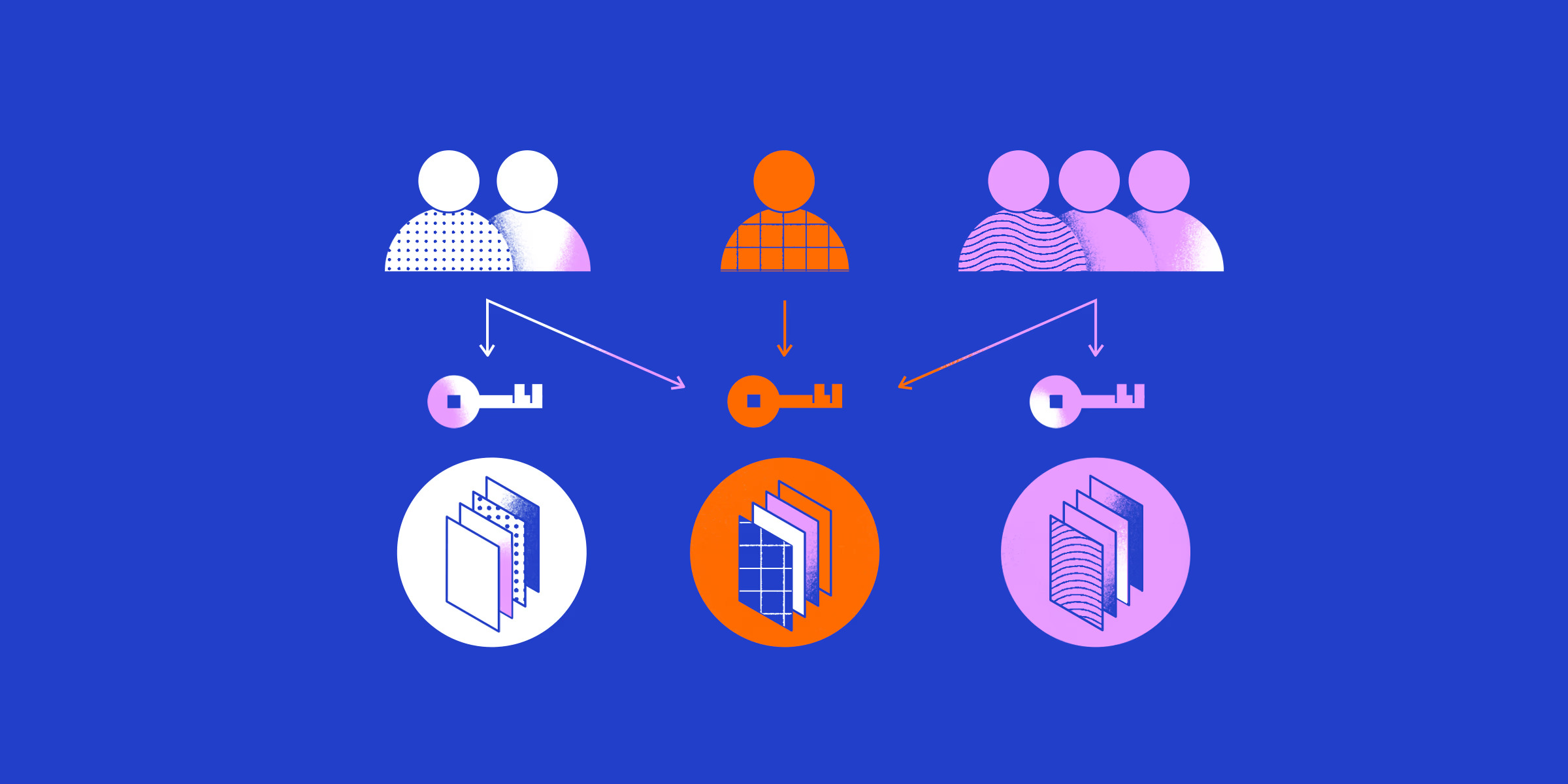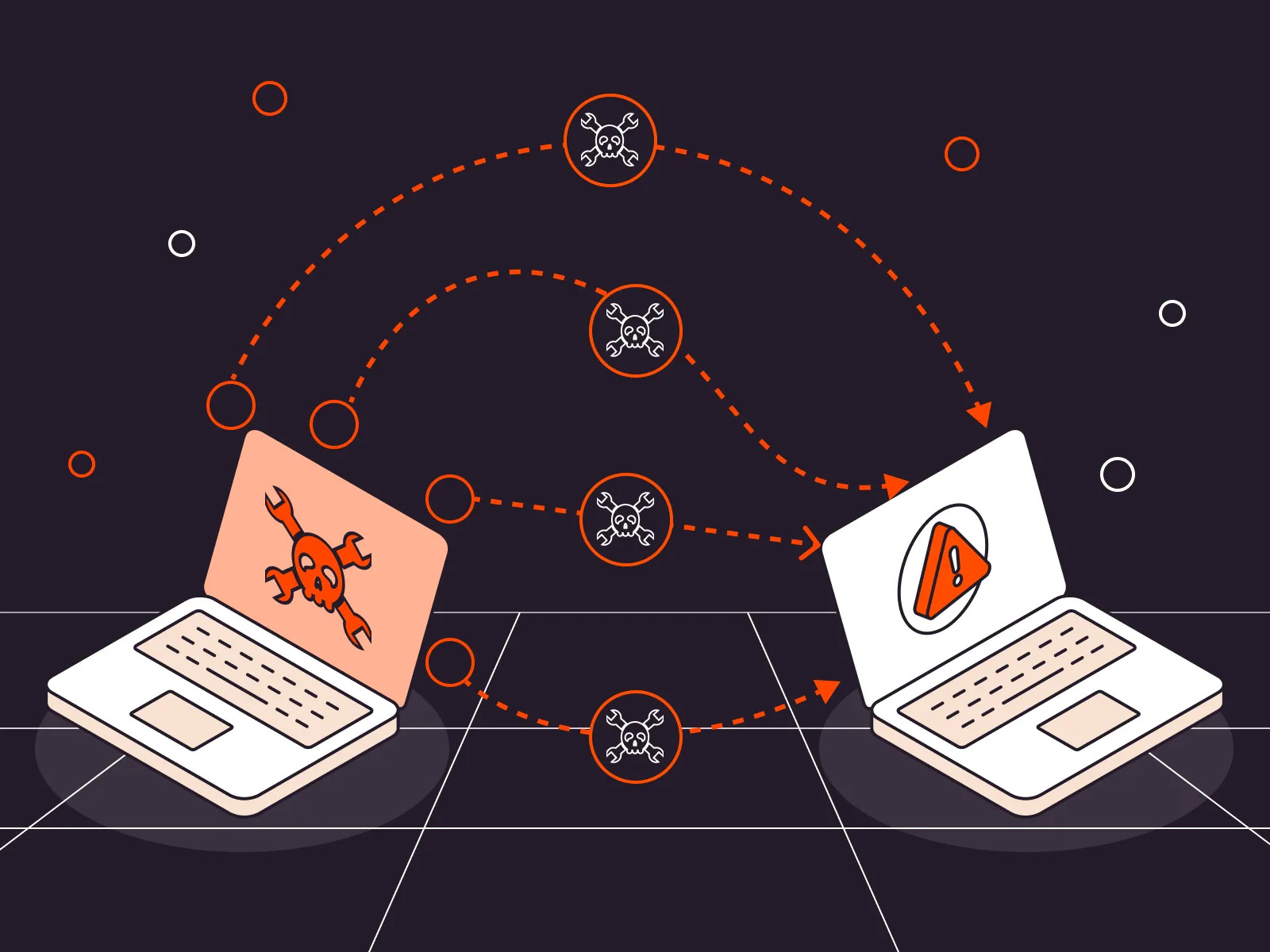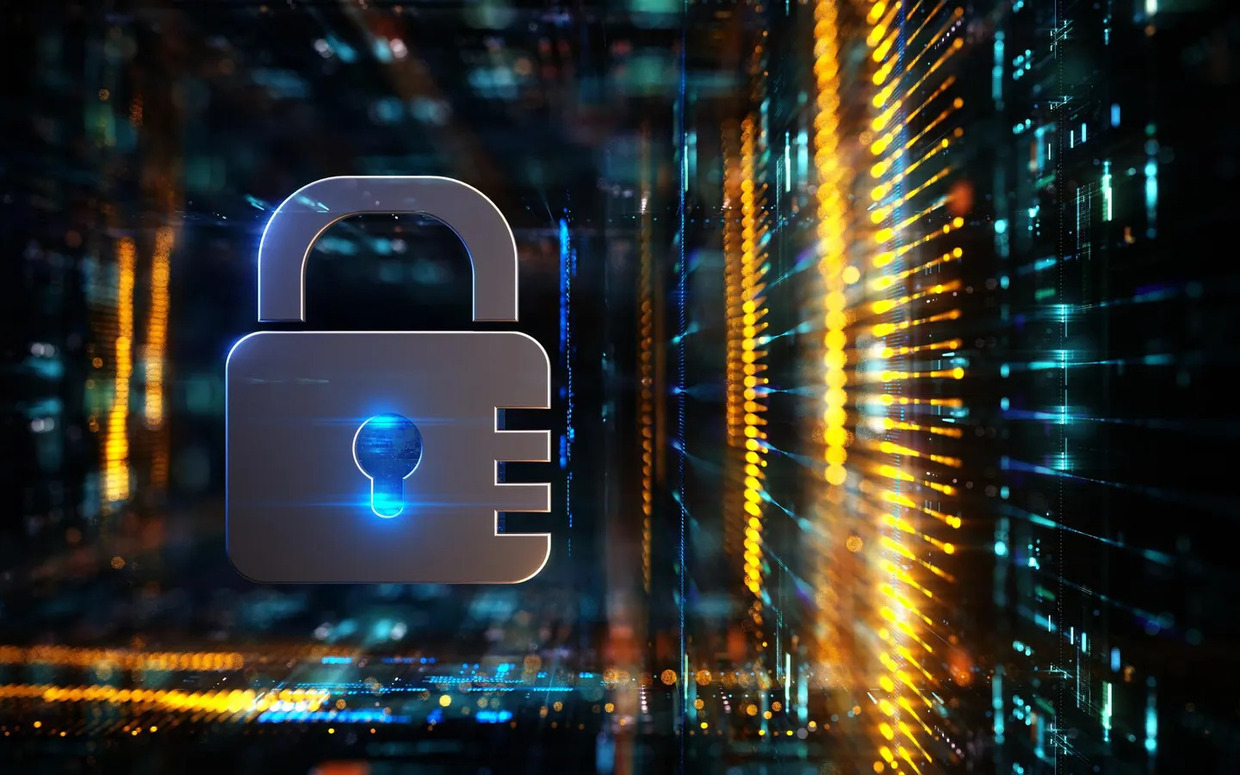Why Proper Access Matters in Grid Computing
As grid computing becomes more widely used for data analysis, simulations, and distributed workloads, it also brings growing security challenges. In systems with hundreds of nodes and multiple users, there’s an increased risk of unauthorized access to sensitive areas of the network. This is where Role-Based Access Control, or RBAC, becomes essential.
RBAC ensures that each user has access appropriate to their role. Not everyone should be able to view or interact with all parts of the grid. Instead, access is structured around roles such as administrator, developer, researcher, or guest. This system saves time and significantly reduces the chances of security breaches.
Organizations using grid computing for critical operations—like climate modeling, financial forecasting, or drug discovery—require clear, enforceable access policies. RBAC provides one of the most effective methods for achieving that level of control.
How RBAC Functions Inside the Grid
At its core, RBAC consists of three main components: users, roles, and permissions. Each user is assigned a role, and each role has specific permissions. For example, an admin may configure the system, while a researcher may only be allowed to run jobs.
In grid computing, roles are more than just labels. They define access to computational resources. Without RBAC, the wrong user could disrupt running tasks or compromise project workflows. With proper role assignments, every action is controlled and traceable.
Take the example of a new intern joining the team. Rather than giving full system access, they can be assigned a ‘viewer’ role—allowing them to see logs and reports without touching critical functions like job submissions or configurations.
Integrating RBAC into an Existing Grid System
The good news is that RBAC is easy to implement on most grid management platforms like Kubernetes, HTCondor, or Apache Hadoop. It starts with defining clear roles and then mapping users accordingly.
First, create role types that fit your team’s workflow—such as system admin, node operator, data analyst, and user support. With clearly defined role boundaries, it becomes easier to enforce access controls.
Next, link these roles to an identity management system using tools like LDAP, Active Directory, or other providers. This allows centralized control over user permissions. Once users are assigned a role, their access level is automatically set—no need to configure each one manually.
Preventing Common Security Gaps
One common mistake in grid environments is granting excessive access to users—not due to distrust, but due to the absence of a proper access framework. This often leads to unintended disruptions or, worse, data breaches.
With RBAC, it’s easier to monitor who has access to what. For example, during a security incident, administrators can quickly trace user logs to identify who last interacted with specific tools or system settings.
Regular role audits are also important. Some inactive users might still have admin access, or a researcher who was a guest might now need expanded permissions. Keeping roles up-to-date ensures ongoing protection.
Simplifying Access Management for Large Teams
For large-scale projects—especially those involving multiple institutions or countries—managing access for every participant can be overwhelming without RBAC. A role-based structure eliminates the need to configure individual access repeatedly.
Let’s say a university team joins a physics simulation project. The project admin can create an “external collaborator” role with predefined permissions. Any new researcher joining that team can be quickly onboarded by assigning them to that role.
This standardized method accelerates onboarding and provides peace of mind to system administrators, knowing access is controlled without micromanagement.
Connecting RBAC with Audit Trails
When RBAC is properly set up, it complements monitoring and audit capabilities. Since permissions are tied to roles, every system action can be logged and traced back to specific users and their associated roles.
Audit trails are valuable not just during incidents, but also for compliance. In highly regulated sectors like healthcare or finance, detailed access documentation is often a legal requirement. RBAC simplifies the generation of these records.
The combination of RBAC and auditing enhances transparency and accountability, encouraging responsible behavior across all user roles.
Aligning RBAC with Grid Scalability
As grid systems grow, so do users, tasks, and resources. RBAC is naturally scalable—making it easy to add roles and users without overhauling your security setup. What starts with 10 users can expand to 1,000, all while keeping access policies intact.
This is especially useful for collaborative scientific projects. Initially, the team might be small, but as the project expands, more researchers join. RBAC helps maintain organizational structure while scaling operations.
Rather than redesigning the system, you can simply create new roles, assign permissions, and onboard users—all without disrupting existing workflows.
Static vs. Dynamic Role Assignment
RBAC can be either static or dynamic. In static RBAC, a user’s role and access remain fixed. In dynamic RBAC, access changes based on context—such as time of day, location, or task type.
For example, a developer may have write access only during working hours and read-only access on weekends. Or a researcher may access data only within the internal network, but not remotely.
This dynamic approach is ideal for high-availability grid systems that still require strict security protocols. It adds a layer of adaptability while maintaining control.
Clear Accountability Through Role Definition
With clearly defined roles, it becomes easier to assign responsibility. If a job fails, it’s simple to identify the role (and user) responsible, making troubleshooting more efficient.
Accountability doesn’t imply blame—it’s about continuous improvement. Understanding where a problem originated allows teams to refine access or procedures accordingly.
In large projects, structured roles also help with performance tracking. Everyone knows their responsibilities and when they need to coordinate with others, improving collaboration and workflow.
RBAC as a Long-Term Strategy for Grid Security
As distributed systems continue to evolve, the need for a strong security foundation remains. RBAC is not just a temporary fix—it’s a strategic layer that keeps grid computing systems organized and secure as they scale.
There’s no need to overhaul the entire infrastructure to improve access control. RBAC serves as a foundation that grows with your system. Ultimately, it fosters not only technical resilience but also team trust and operational efficiency.



